Sulfamic Acid
Factoty Competitive Price
Strict quality control
Prompt delivery
SPECIFICATIONS
melting point | 215-225 °C (dec.) (lit.) |
boiling point | -520.47°C (estimate) |
density | 2.151 g/cm3 at 25 °C |
Vapor pressure | 0.8Pa at 20 ℃ |
APPLICATION

Aminosulfonic acid is an important fine chemical product widely used in various industrial equipment and civilian cleaning agents for metal and ceramic manufacturing, petroleum processing agents and cleaning agents, electroplating industrial agents, electrochemical polishing agents, asphalt emulsifiers, etchants, sulfonation agents for dye medicine and pigment industries, dyeing agents, high-efficiency bleaching agents, flame retardants for fibers and paper, softeners, resin crosslinking promoters, and softeners for paper and textiles Herbicides and herbicides. Calcium aminosulfonate is used for the prevention and control of wheat rust. Aminosulfonic acid, as a cleaning agent, is particularly suitable for long-distance use due to its solid nature, convenient storage, transportation, and easy preparation.
I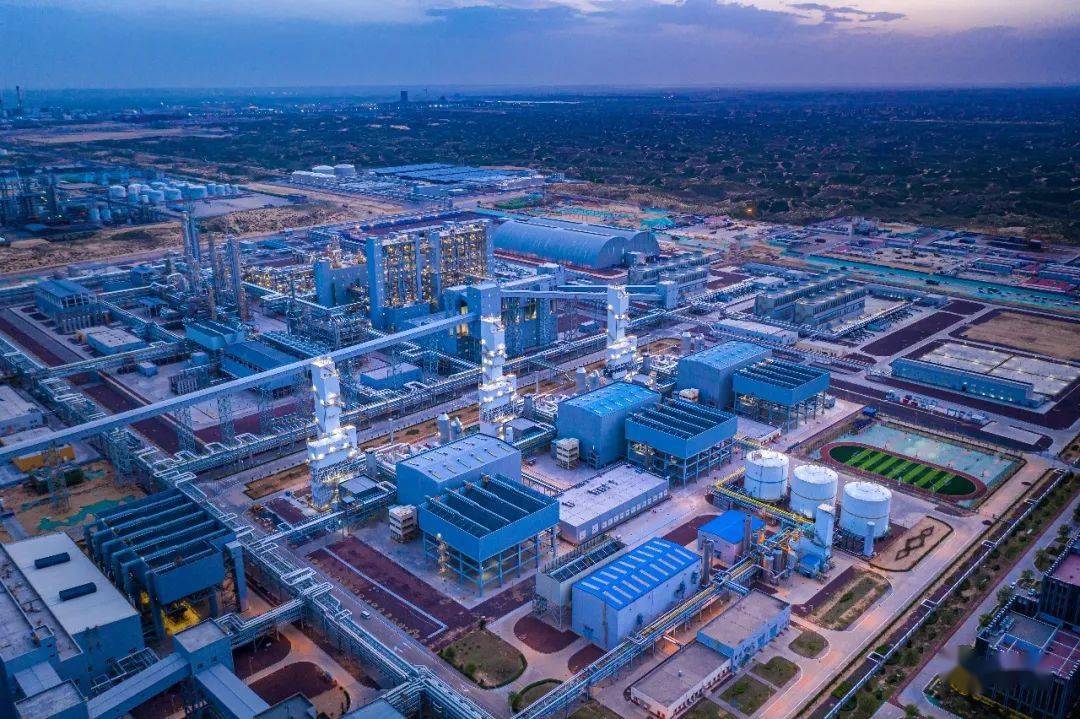 n terms of air conditioning, it can remove rust and scale from the cooling system and evaporative condenser; It can be used to remove seaweed and scale from seawater evaporators (distillation equipment), heat exchangers, and brine heaters on sea vessels; Can clean scale from copper pots, radiators, tableware washing mechanisms, silverware, flush toilets, ceramic tiles, food and dairy processing equipment; It can remove protein deposits on the steamer and deposits on disinfectant used in fresh meat, vegetables, and cheese processing plants. The US Department of Agriculture allows the use of sulfamic acid as an acidic cleaning agent in fresh meat, poultry, rabbit, and egg processing enterprises.
n terms of air conditioning, it can remove rust and scale from the cooling system and evaporative condenser; It can be used to remove seaweed and scale from seawater evaporators (distillation equipment), heat exchangers, and brine heaters on sea vessels; Can clean scale from copper pots, radiators, tableware washing mechanisms, silverware, flush toilets, ceramic tiles, food and dairy processing equipment; It can remove protein deposits on the steamer and deposits on disinfectant used in fresh meat, vegetables, and cheese processing plants. The US Department of Agriculture allows the use of sulfamic acid as an acidic cleaning agent in fresh meat, poultry, rabbit, and egg processing enterprises.
WAREHOUSE
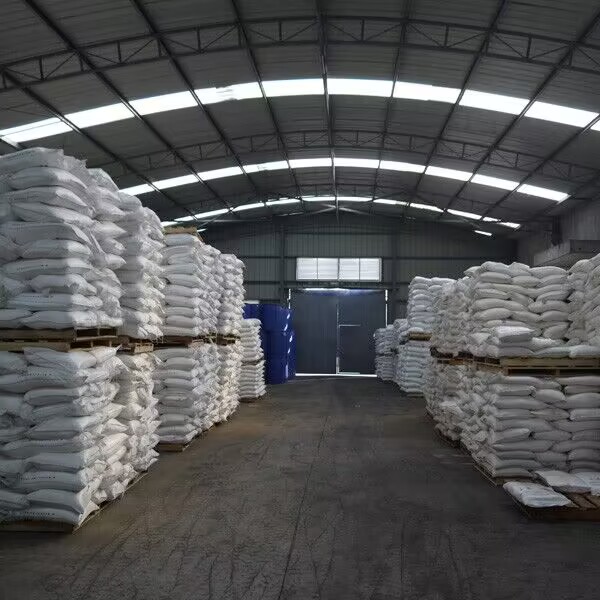
FACTORY

TRANSPORT

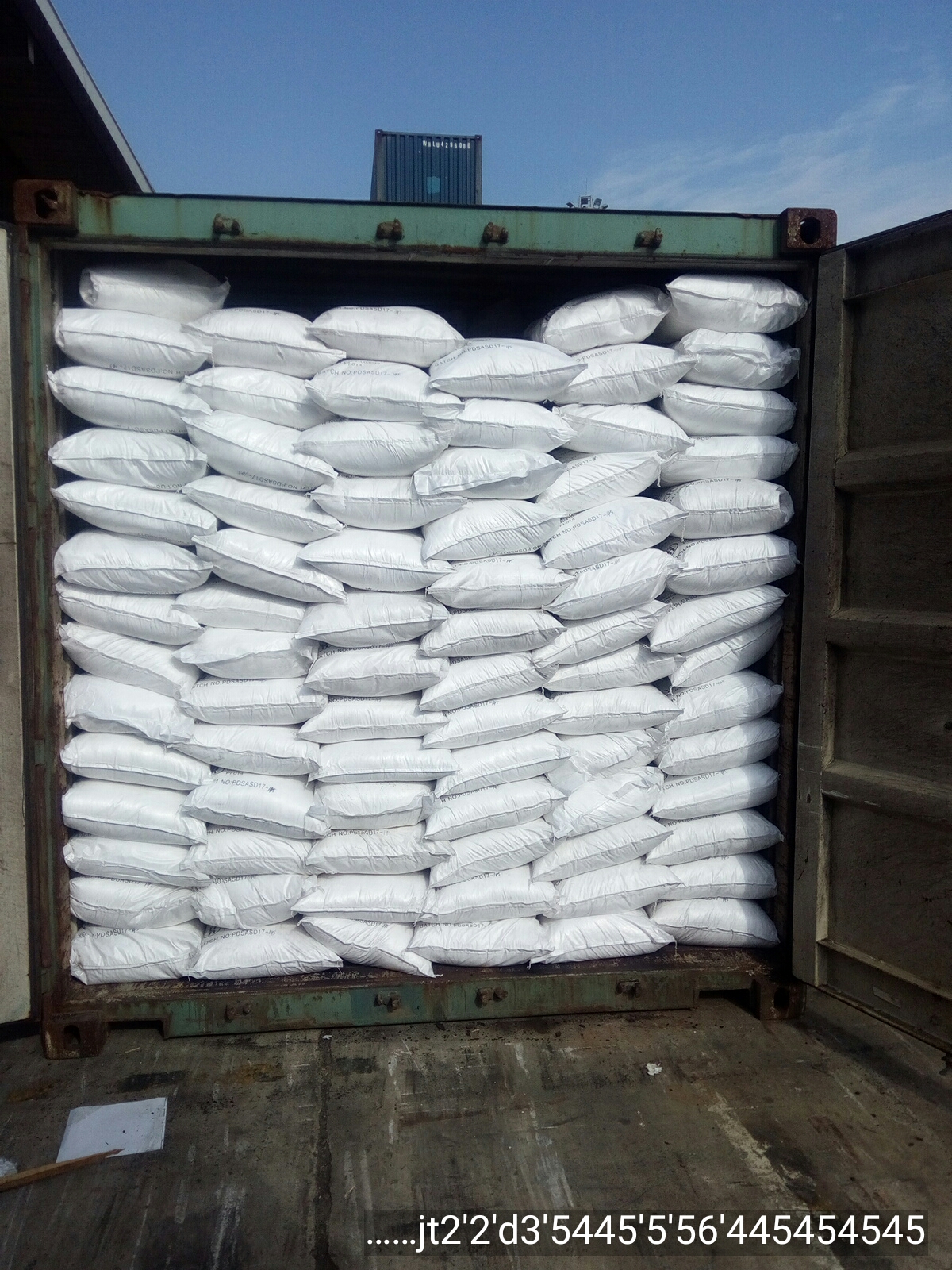
AUTHENTICATION CERTIFICATE
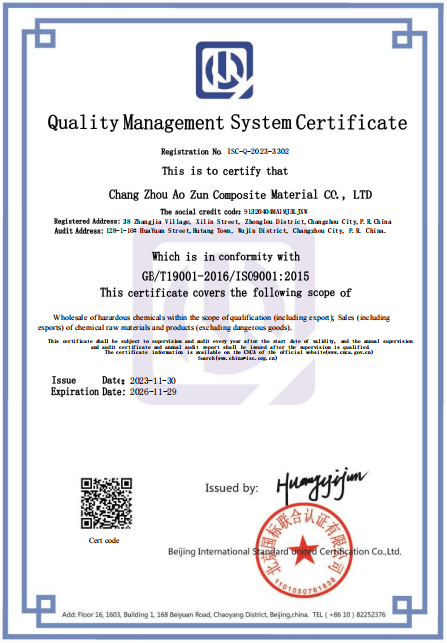
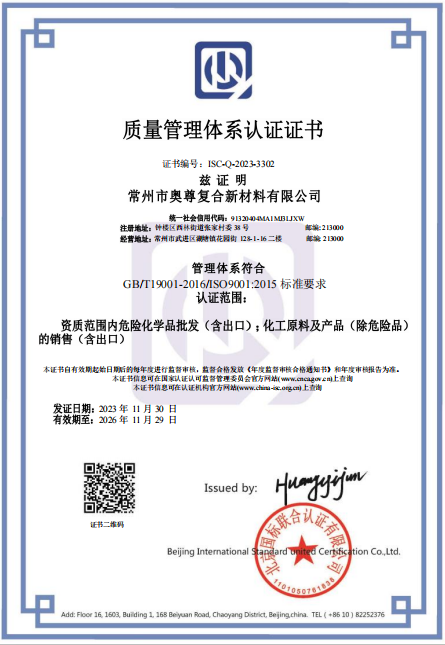

FAQ
Q1: May I get sample?
A1: Free sample is available, you only need to pay freight.
Q2: How long does it take for me to get sample?
A2: Usually it will cost about 5 days after delivery.
Q3: How can I place an order?
A3: You can contact us about your order details by E-mail, WhatsApp, Skype, etc.
Q4: How can you guarantee your products are qualified?
A4: We will test the goods and issue COA before delivery

English
العربية
Français
Русский
Español
Português
Deutsch
italiano
日本語
한국어
Nederlands
Tiếng Việt
ไทย
Polski
Türkçe
አማርኛ
ភាសាខ្មែរ
Bahasa Melayu
ဗမာစာ
Filipino
Bahasa Indonesia
magyar
Română
Čeština
қазақ
हिन्दी
فارسی
Kiswahili
Slovenčina
Slovenščina
Norsk
Svenska
українська
Ελληνικά
Suomi
עברית
Latine
Dansk
اردو
বাংলা
Hrvatski
Afrikaans
Eesti keel
සිංහල
latviešu
Български
Hausa
íslenska
Kurdî
Lietuvių
isiZulu












 n terms of air conditioning, it can remove rust and scale from the cooling system and evaporative condenser; It can be used to remove seaweed and scale from seawater evaporators (distillation equipment), heat exchangers, and brine heaters on sea vessels; Can clean scale from copper pots, radiators, tableware washing mechanisms, silverware, flush toilets, ceramic tiles, food and dairy processing equipment; It can remove protein deposits on the steamer and deposits on disinfectant used in fresh meat, vegetables, and cheese processing plants. The US Department of Agriculture allows the use of sulfamic acid as an acidic cleaning agent in fresh meat, poultry, rabbit, and egg processing enterprises.
n terms of air conditioning, it can remove rust and scale from the cooling system and evaporative condenser; It can be used to remove seaweed and scale from seawater evaporators (distillation equipment), heat exchangers, and brine heaters on sea vessels; Can clean scale from copper pots, radiators, tableware washing mechanisms, silverware, flush toilets, ceramic tiles, food and dairy processing equipment; It can remove protein deposits on the steamer and deposits on disinfectant used in fresh meat, vegetables, and cheese processing plants. The US Department of Agriculture allows the use of sulfamic acid as an acidic cleaning agent in fresh meat, poultry, rabbit, and egg processing enterprises.





















